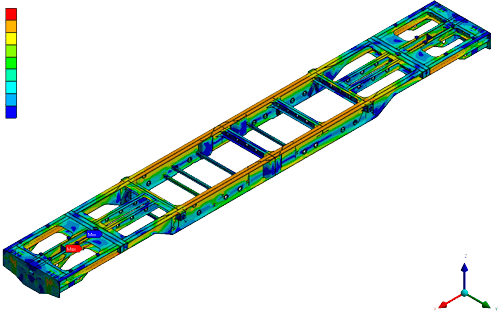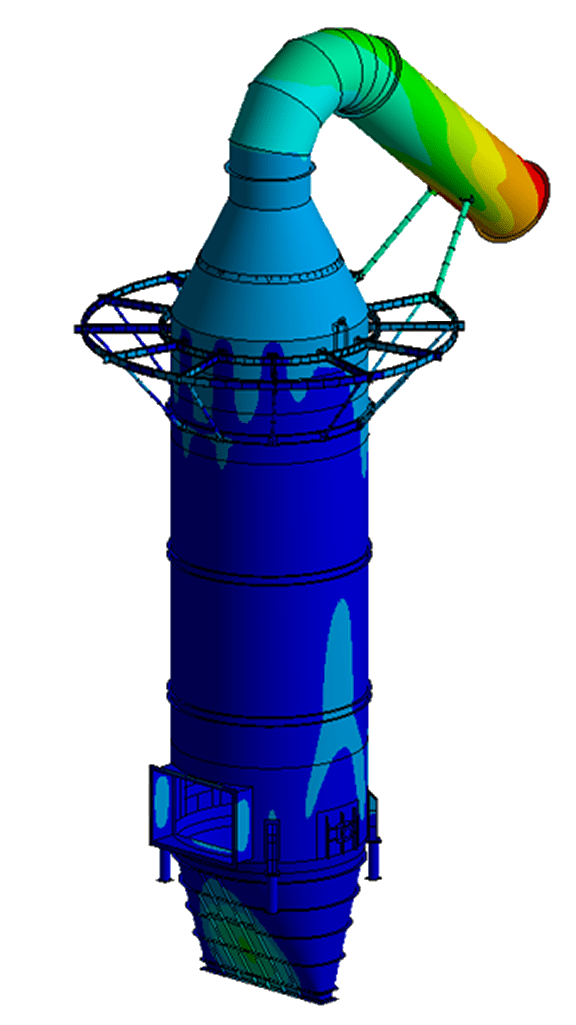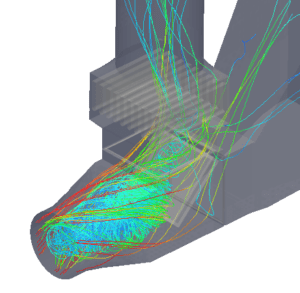FEM Analysis
Finite Elements analysis
The finite element method (FEM) is a numerical technique used to perform finite element analysis (FEA) of any given physical phenomenon.
It is necessary to use mathematics to comprehensively understand and quantify any physical phenomena, such as structural or fluid behavior, thermal transport, wave propagation, and the growth of biological cells. Most of these processes are described using partial differential equations (PDEs). However, for a computer to solve these PDEs, numerical techniques have been developed over the last few decades and one of the most prominent today is the finite element method.
- Thermal / Structural Transient Analysis
- Dynamic Analysis (modal, harmonic, spectral, PSD, explicit, (…)
- Non-Linear Analysis
- Life Assessment, fatigue, and Creep Analysis
- Fracture mechanics simulation
- CHT – Conjugated Heat Transfer Analysis
- Welding process simulation and PWHT analysis
- Composite, gasket, and other nonmetallic materials
- Topology Optimization
- MBD – Multibody Dynamics
- APDL Programming – Customized Analysis Tools
0
+
Successful Projects
0
+
Quality Customers
0
+





